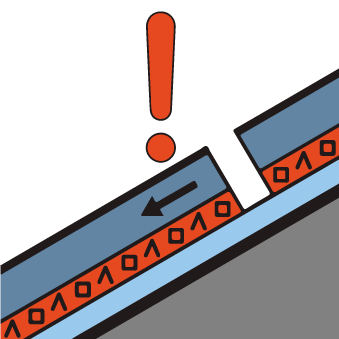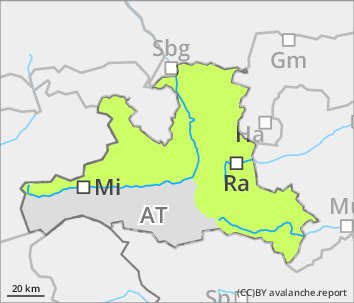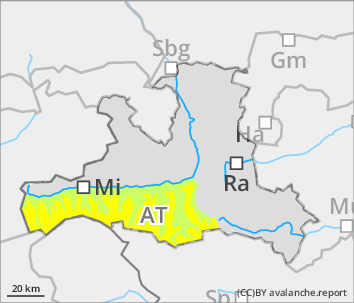
Danger level
 | 2400m |
| 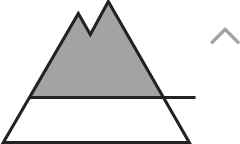 |
| 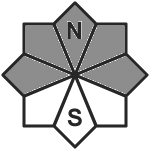 |

At high altitudes, caution towards persistent weak layers.
Avalanche danger above 2400m is moderate. Slab avalanches can be triggered by minimum additional loading in some places, caution urged in transitions from shallow to deeper snow. On very steep north-facing slopes above 2400m and on W/E-facing slopes above 2600m, avalanches can fracture down to more deeply embedded layers of the snowpack and in isolated cases grow to large size. On extremely steep sunny slopes, small moist loose-snow avalanches can trigger naturally during the course of the day. Due to strong-velocity northerly winds, small danger zones will be generated through fresh snowdrift patches which can be prone to triggering on very steep north-facing slopes (most are easy to recognize). From very steep grass-covered slopes below 2600m, isolated small-to-medium glide-snow avalanches can trigger naturally.
Snowpack
In early morning hours the snowpack surface is melt-freeze encrusted and capable of bearing loads. During the daytime it softens, esp. on sunny slopes. In extended northern aspects there are weak layers of faceted crystals inside the old snowpack. On shady slopes at summit altitudes, fresh, shallow snowdrift patches lie deposited atop weak layers of surface hoar or faceted crystals in some places. On shady slopes below 2200m, on sunny slopes, the snowpack is mostly moist. Despite dropping temperatures the snowpack can on steep grass-covered slopes glide away as an entire mass.
Tendency
Little change expected. Slight daytime rise in avalanche danger due to strong solar radiation.
